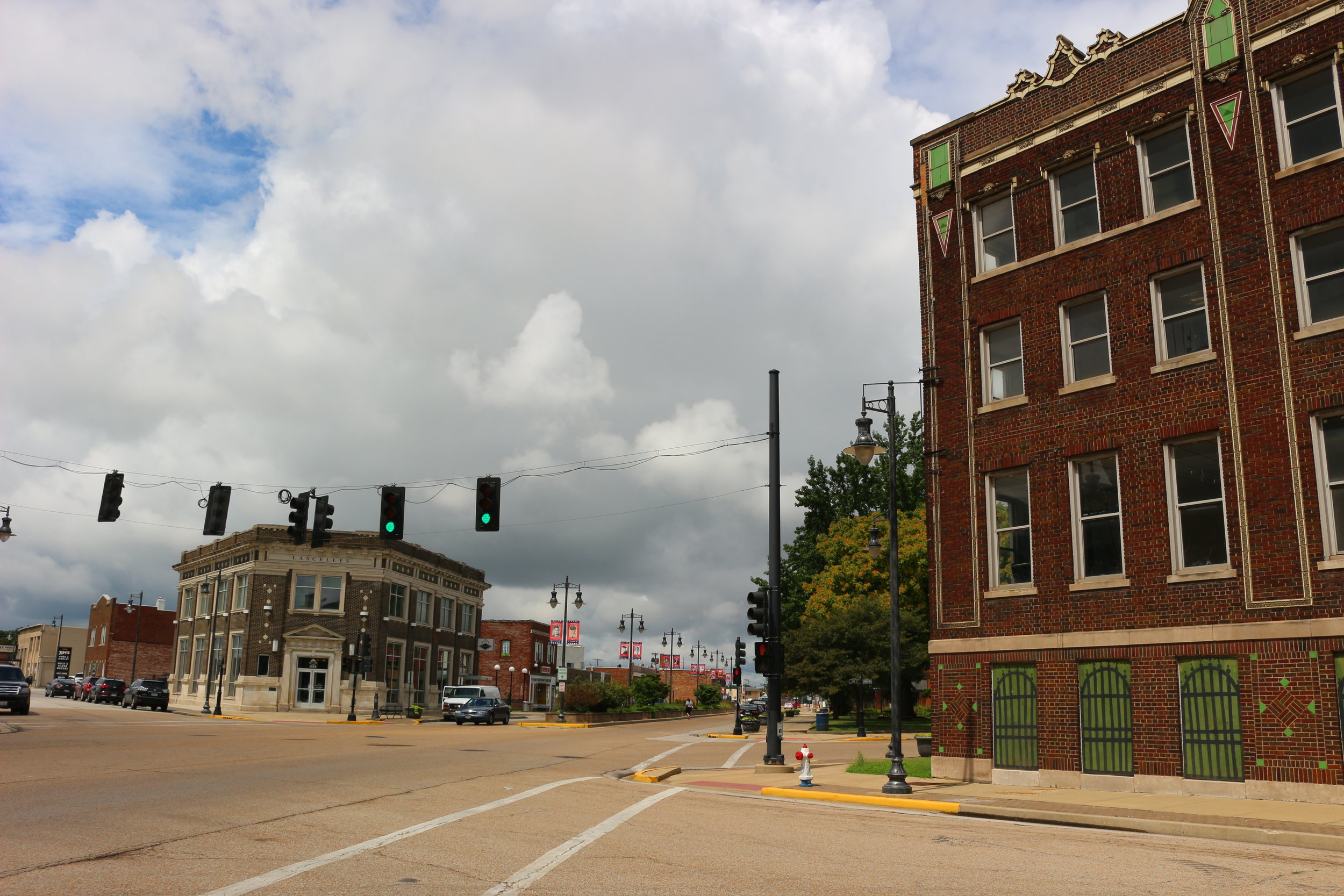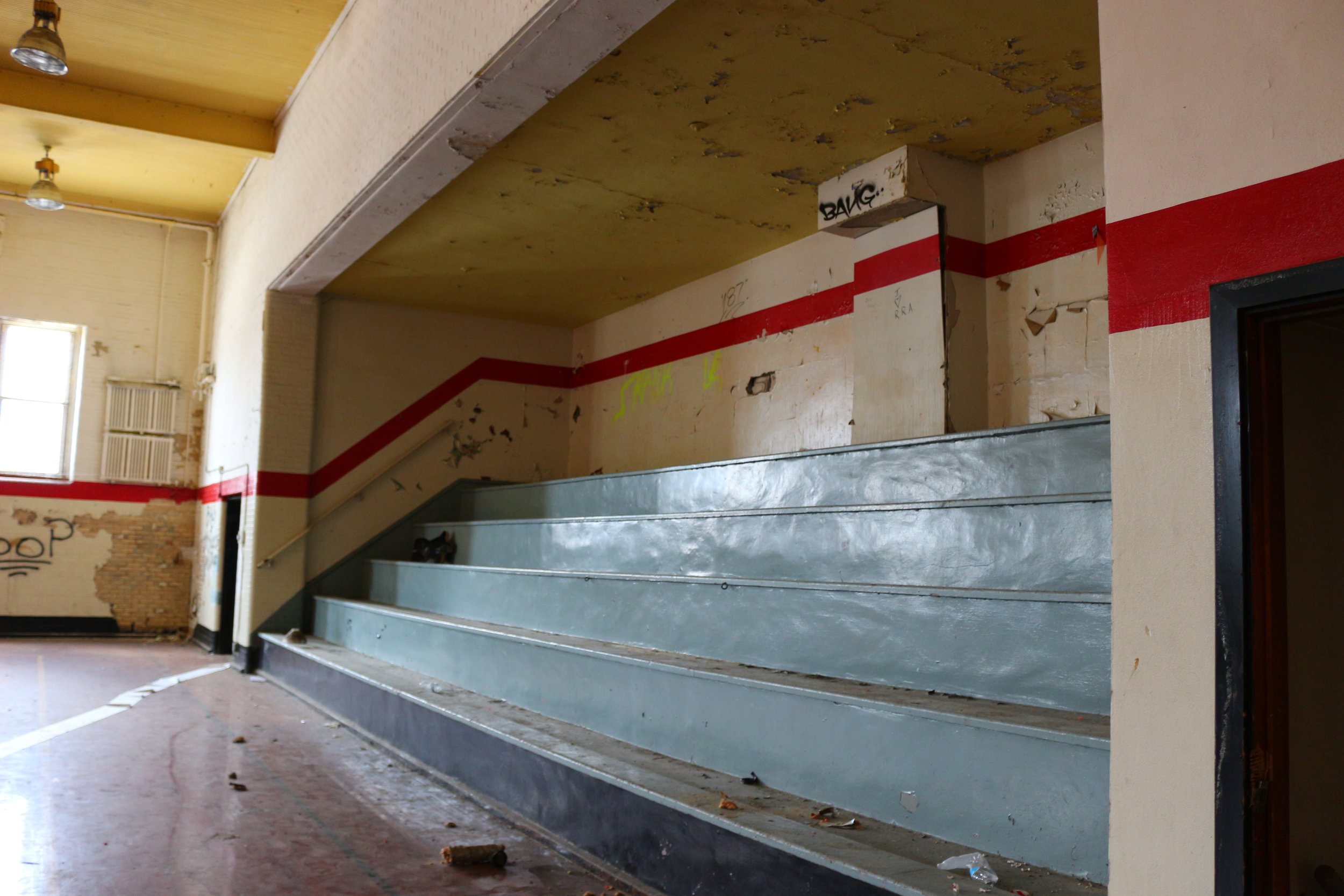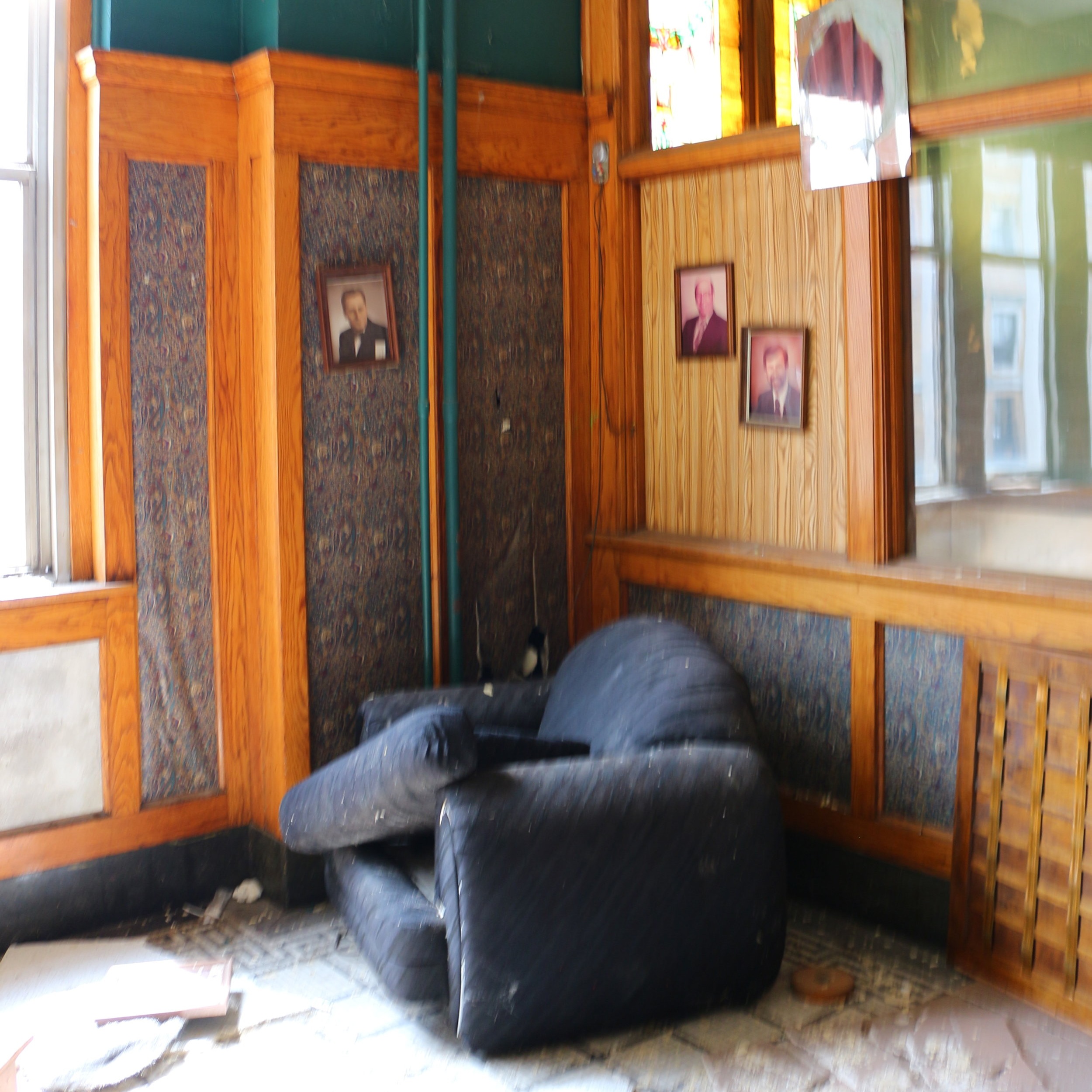Community Development at Work: Edison Avenue Lofts in Granite City
From a Haunted House to Home: Shining a Light on Edison Avenue Lofts
What do a former YMCA, haunted house, movie set, and alleged REO Speedwagon venue have in common? All are ways that the property at 2001 Edison Avenue in Granite City have been used. Coming up next in community development for the Metro East is a partnership between CBN member Rise Community Development (Rise), the City of Granite City, and many other organizations. CBN recently had an opportunity to meet with Colleen Hafner of Rise to learn more about the Edison Avenue Lofts project. The former Tri-City YMCA and current city-owned historic building will contain 37 affordable rental units located across from City Hall in the city’s downtown.
After the Tri-City YMCA moved from the Edison Avenue location to a new building in 2004, the property was purchased by the City of Granite City the following year. Tax credits and financing have played a role in securing funding for the project from government and financial institutions. One of the first steps in renovating the building was asbestos removal. Sources of support for the project include tax-increment financing, low-income housing tax credits, historic tax credits, and a grant from the HOME program.
The HOME Investment Partnerships Program is a federal block grant issued through United States Department of Housing and Urban Development (HUD). It is designed to create affordable housing for low-income households and allows for flexible funding uses. HOME funds are provided by Madison County Community Development and the Illinois Housing Development Authority; they will make construction and permanent financing of the Edison Avenue building possible.
Funding for the project is also present through partnerships with CBN member financial institutions. Justine PETERSEN is a member of the Community Development Financial Institution (CDFI) Coalition, a partnership of eight CDFIs that share a common mission to empower a comprehensively healthy St. Louis community through support for nonprofits, small businesses, and communities facing disinvestment. CDFIs differ from traditional banks and lending institutions in that they provide financial services to underserved areas where traditional lending institutions leave gaps. Both FCB Banks and Justine PETERSEN are playing an important role in making the Edison Avenue Lofts project happen: FCB Banks, a traditional bank, is providing a construction loan and Justine PETERSEN will provide services like financial literacy training and homeownership counseling for future residents of the affordable rental units.
Affordable housing is central to both this project’s funding and to building strong communities. Housing affordability for counties across the country is determined through a statistic measured by the Department of Housing and Urban Development called area median income (AMI). Area median income marks the point at which half of area families earn less than the amount, and half of area families earn more than the amount. For the fiscal year of 2019, Madison County’s median income for a family of four was $81,309. Housing programs through the Department of Housing and Urban Development must address three levels of affordability relative to the area’s AMI: at or below 30% AMI, between 31% and 50% AMI, and between 51% and 80% AMI. The Madison County Housing Authority is also providing 10 Project-Based Rental Assistance Payment program vouchers, which are a variation of the Section 8 Housing Choice Voucher Program. Costs of the rental units will range from $525 to $750. Altogether, the building will have 25 one-bedroom units and 12 two-bedroom units.
Building accessibility for the Edison Avenue project will address not only financial accessibility, but also accessibility for people with disabilities. One of the building improvements will include the addition of an elevator. Four of the 37 total units will be fully ADA accessible, and all units will be visitable by people with disabilities. Although the building was not originally designed with accessibility in mind, renovations will allow a wider range of people to be a part of the building’s community.
The future site of the building’s accessible entrance
Greater accessibility for people with disabilities is just one way that the Edison Avenue Lofts will offer residents not just a place to live, but also a strong community with a deep connection to the arts. The building’s boiler room will be transformed into art studio space. There will also be an opportunity for an artist-in-residence to live at Edison Avenue Lofts and contribute to Granite City’s arts community, where initiatives like the artist-run Granite City Art and Design District (G-CADD) in the city’s downtown are bringing the community together through art exhibitions and events.
The Edison Avenue building has been bringing people and organizations together for almost 100 years. Since the space was first built in 1924, the building that will be known as Edison Avenue Lofts has had many uses. Soon the lights in the Edison Avenue Building will be on again. The project is a community transformation made possible through support from the government, nonprofits, and financial institutions. The addition of affordable rental units in Granite City at Edison Avenue Lofts will strengthen the Metro East community and provide a place for many people to call home.
Written by Laura Muther, CBN Communications Intern









